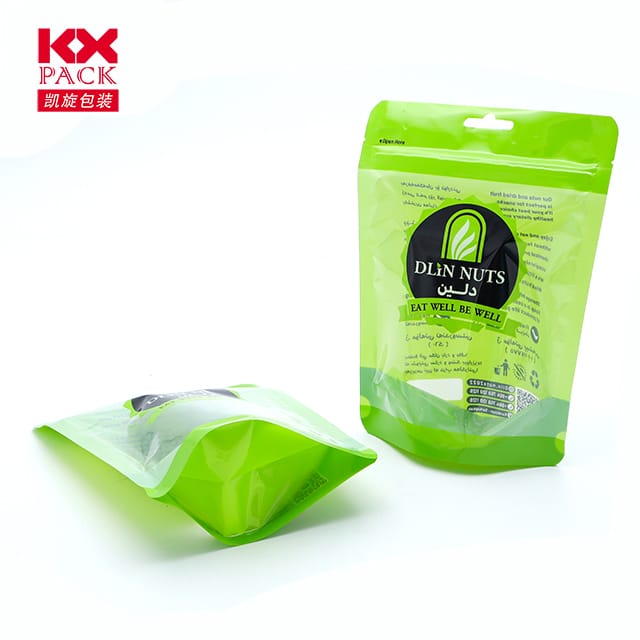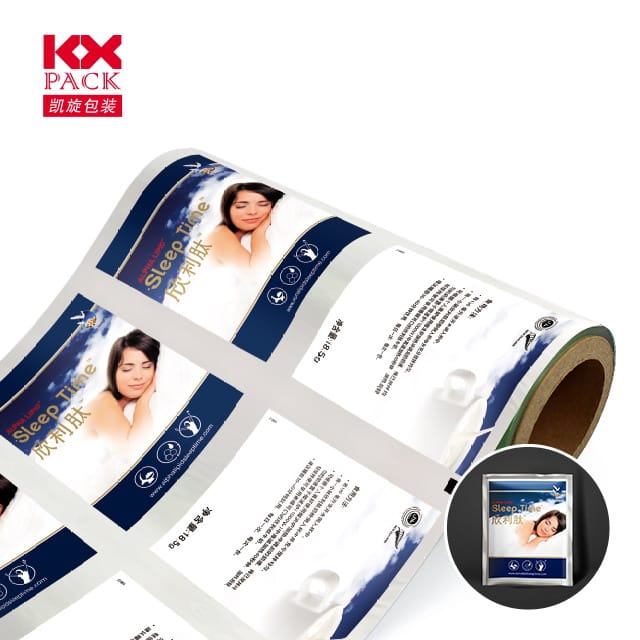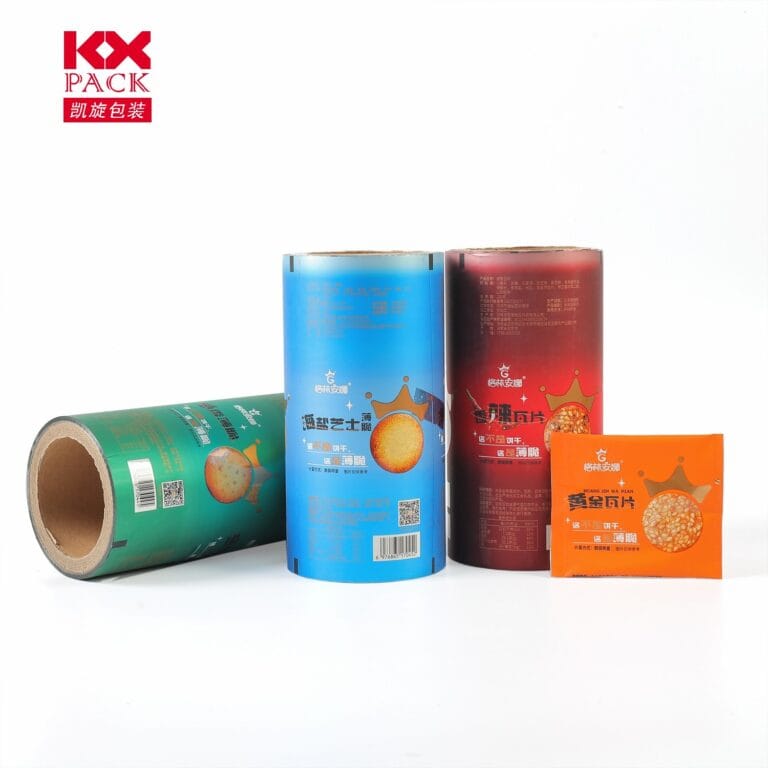포장 필름의 미래: 혁신, 지속 가능성, 그리고 너머 (2)
포장 필름
소개
In a world where sustainability and functionality are king, 포장 필름은 제품 보호에 중요한 역할을합니다, 선반 호소 강화, 환경 영향을 줄입니다. 식품 보존에서 제약 안전에 이르기까지, 이 얇은, 유연한 재료는 다양한 요구를 충족시키기 위해 설계되었습니다. 그러나 플라스틱 폐기물에 대한 우려가 커지고 발전하는 소비자 요구가 증가함에 따라, the future of packaging films is poised for a revolution. 최신 트렌드를 살펴보자, 혁신, and challenges shaping this dynamic industry.
1. 포장 필름의 종류: A Primer
Packaging films come in various forms, 각각은 특정 애플리케이션에 맞게 조정되었습니다.:
- 플라스틱 필름: Traditional polyethylene (체육), 폴리 프로필렌 (PP), and PVC dominate due to their durability and cost-effectiveness.
- 생분해 성 필름: Made from plant-based polymers (예를 들어, PLA, 파) 또는 퇴비화 가능한 물질, these reduce landfill burden.
- Barrier Films: Designed to block moisture, 산소, or UV light, ideal for perishables or sensitive electronics.
- Shrink Films: Heat-activated to conform tightly around products for tamper evidence and product stability.
- Specialty Films: Include anti-fog, 항균제, or conductive coatings for niche applications.
2. Key Industries Driving Demand
- 음식 & 음료: Extends shelf life, ensures hygiene, and enables portion control. Think snack packs, fresh produce wraps, and beverage pouches.
- 헬스케어: Sterile packaging for medical devices, 의약품, and IV bags.
- 전자 상거래: Durable films protect goods during shipping and enhance unboxing experiences.
- 전자제품: Static-resistant films safeguard sensitive components.
3. 지속 가능성: 뉴 프론티어
The global push for eco-friendly solutions is reshaping the packaging film landscape:
- Bioplastics & Compostables: Brands like Danone and Nestlé are adopting PLA-based films for dairy and water bottles.
- 원형 경제 모델: Recyclable films made from post-consumer waste (PCR) reduce virgin plastic use.
- 화학적 재활용: Emerging technologies break down mixed plastics into raw materials for new films.
- Regulatory Pressure: EU’s Single-Use Plastics Directive and similar policies worldwide are phasing out non-recyclable films.
4. Innovation Highlights
- 스마트 패키징: Films embedded with sensors or QR codes track freshness, 온도, or authenticity.
- 활성 포장: Releases preservatives (예를 들어, antioxidants) to extend food shelf life.
- 나노 기술: Enhances barrier properties with nano-clays or silver nanoparticles for antimicrobial effects.
- 3D Printing: 사용자 정의 가능, on-demand packaging reduces material waste.
5. Challenges and Opportunities
- 비용 대. 지속 가능성: Biodegradable films are pricier than conventional plastics. Scaling production could drive down costs.
- Infrastructure Gaps: Recycling facilities for advanced films (예를 들어, multilayer barriers) are limited.
- 소비자 교육: Clarifying labels (예를 들어, “home compostable” 대. “industrially compostable”) prevents greenwashing.
결론
Packaging films are no longer just about protection—they’re about innovation, responsibility, and resilience. As industries balance performance with planet-friendly practices, we’re likely to see more hybrid materials, closed-loop systems, and tech-driven solutions. 기업용, investing in sustainable packaging isn’t just ethical—it’s a strategic move to meet evolving regulations and consumer preferences.
FAQs
- Are biodegradable films truly eco-friendly? 예, but only if disposed of in industrial composting facilities.
- Can recycled films match the performance of virgin plastics? Advances in PCR technology are narrowing the gap.
- What’s the next big thing in packaging films? Look out for edible films (예를 들어, seaweed-based wraps) and self-healing materials.
The future of packaging films is bright, 유연한, and increasingly green. What innovations would you like to see in this space? 아래에서 여러분의 생각을 공유해 주세요! 🌱📦






